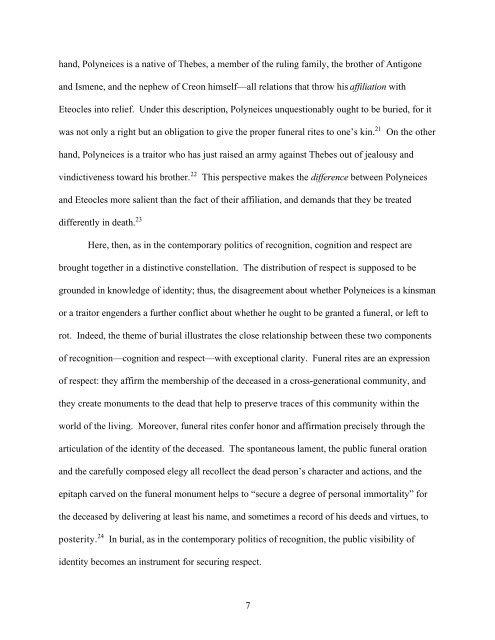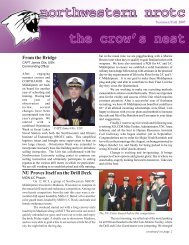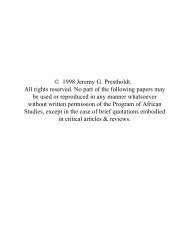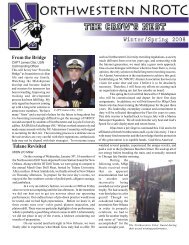TRAGIC RECOGNITION: ACTION AND IDENTITY IN ANTIGONE ...
TRAGIC RECOGNITION: ACTION AND IDENTITY IN ANTIGONE ...
TRAGIC RECOGNITION: ACTION AND IDENTITY IN ANTIGONE ...
Create successful ePaper yourself
Turn your PDF publications into a flip-book with our unique Google optimized e-Paper software.
hand, Polyneices is a native of Thebes, a member of the ruling family, the brother of Antigone<br />
and Ismene, and the nephew of Creon himself—all relations that throw his affiliation with<br />
Eteocles into relief. Under this description, Polyneices unquestionably ought to be buried, for it<br />
was not only a right but an obligation to give the proper funeral rites to one’s kin. 21 On the other<br />
hand, Polyneices is a traitor who has just raised an army against Thebes out of jealousy and<br />
vindictiveness toward his brother. 22 This perspective makes the difference between Polyneices<br />
and Eteocles more salient than the fact of their affiliation, and demands that they be treated<br />
differently in death. 23<br />
Here, then, as in the contemporary politics of recognition, cognition and respect are<br />
brought together in a distinctive constellation. The distribution of respect is supposed to be<br />
grounded in knowledge of identity; thus, the disagreement about whether Polyneices is a kinsman<br />
or a traitor engenders a further conflict about whether he ought to be granted a funeral, or left to<br />
rot. Indeed, the theme of burial illustrates the close relationship between these two components<br />
of recognition—cognition and respect—with exceptional clarity. Funeral rites are an expression<br />
of respect: they affirm the membership of the deceased in a cross-generational community, and<br />
they create monuments to the dead that help to preserve traces of this community within the<br />
world of the living. Moreover, funeral rites confer honor and affirmation precisely through the<br />
articulation of the identity of the deceased. The spontaneous lament, the public funeral oration<br />
and the carefully composed elegy all recollect the dead person’s character and actions, and the<br />
epitaph carved on the funeral monument helps to “secure a degree of personal immortality” for<br />
the deceased by delivering at least his name, and sometimes a record of his deeds and virtues, to<br />
posterity. 24 In burial, as in the contemporary politics of recognition, the public visibility of<br />
identity becomes an instrument for securing respect.<br />
7














